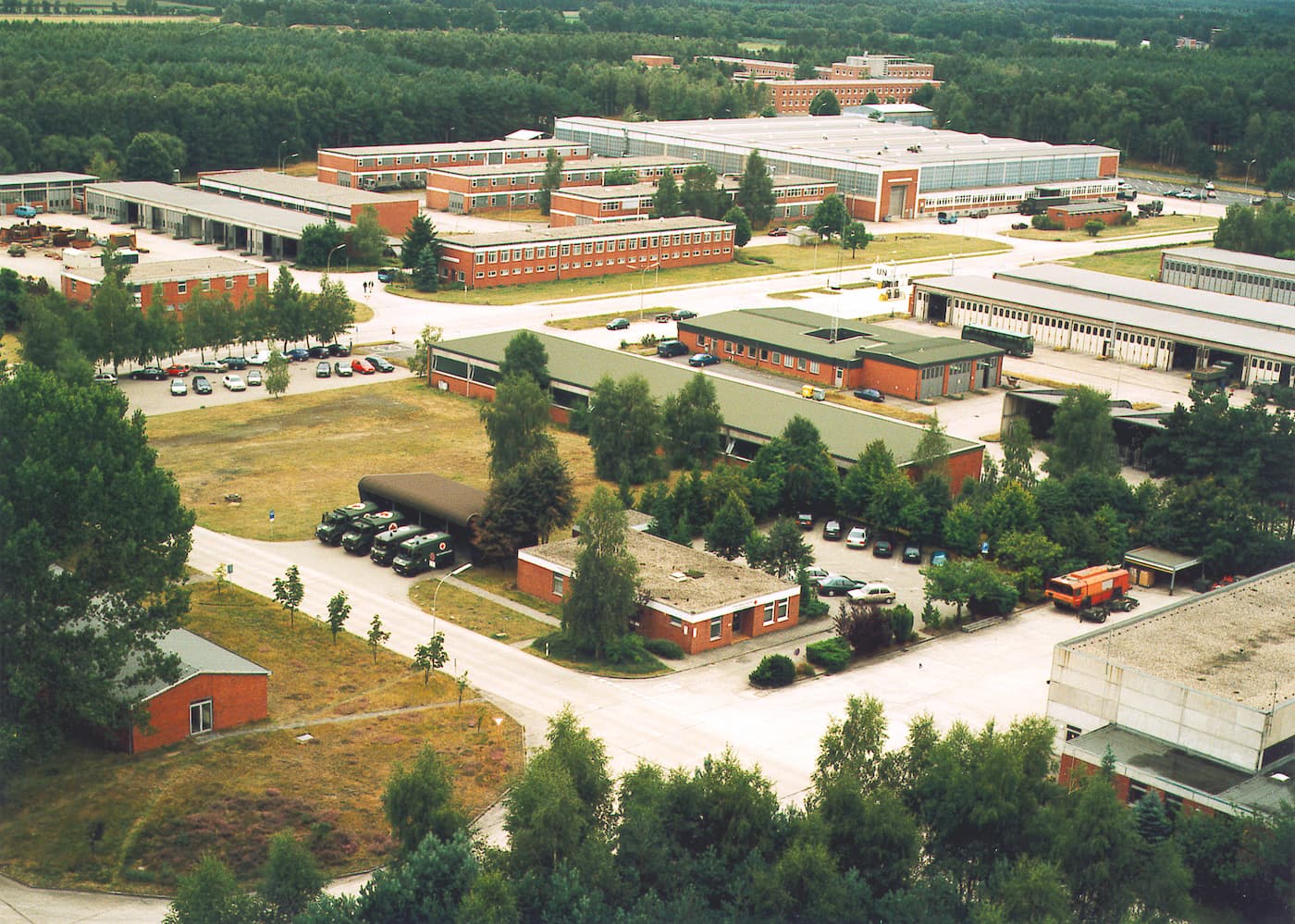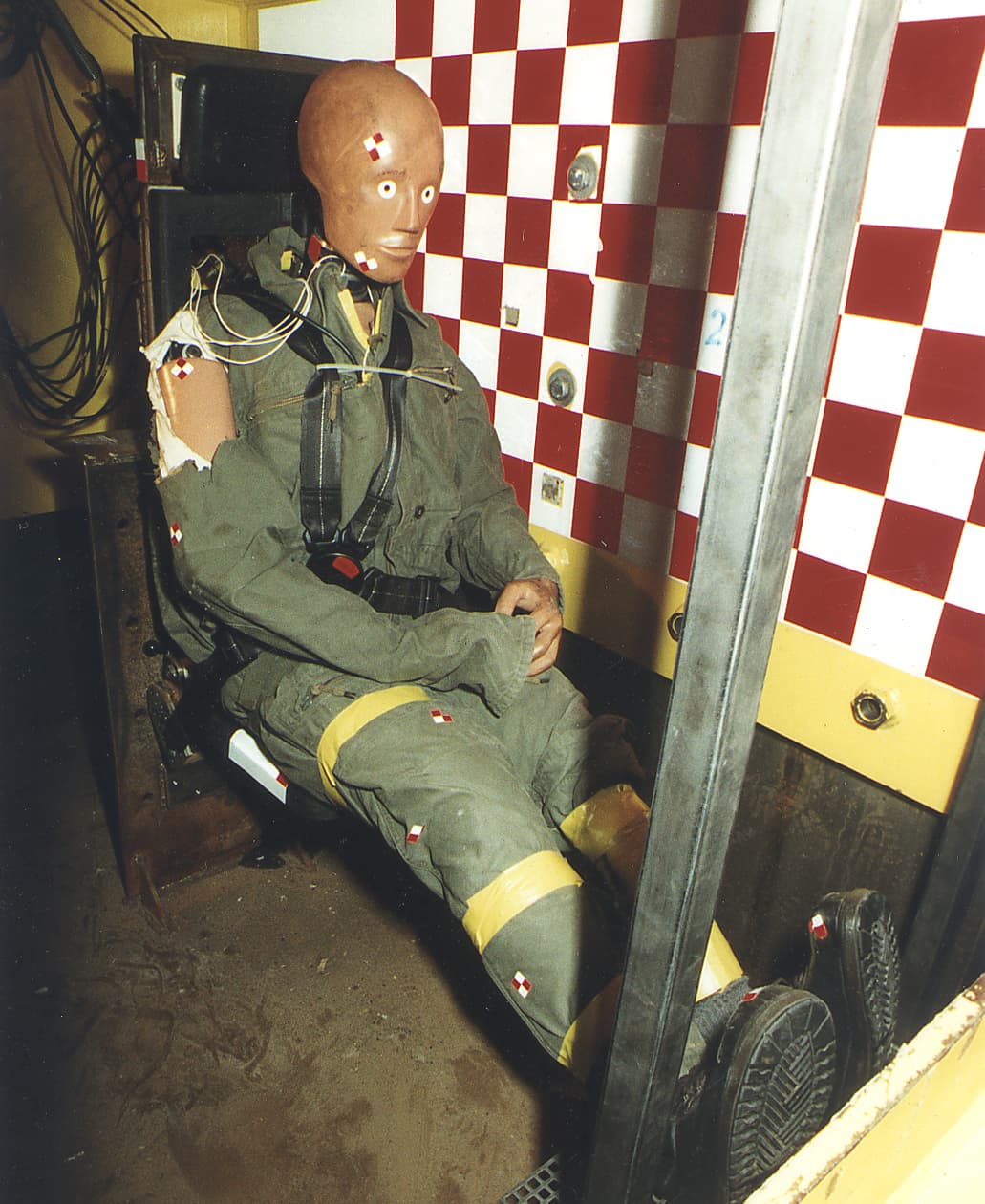


WTD 91 in Meppen is a military technology center for weapons and ammunition. The technology center, which is part of the Federal Office of Bundeswehr Equipment, Information Technology and In-Service Support, is the largest firing range in Western Europe, covering an area of around 200 square kilometers. The office can now look back on almost 150 years of history, which began back in the days of the Kaiser in 1876 with the establishment of an artillery firing range by the Krupp company at the same location. Its current tasks include technical investigations and testing of weapons, ammunition, armored vehicles and protective structures of all kinds. For this purpose, blasting tests are carried out on the extensive area in Emsland with tanks, minesweepers and medical vehicles, but also on buildings. This naturally places special demands on the measurement technology used for this purpose.
In view of the reorientation of the Bundeswehr towards peacekeeping and peacekeeping “blue helmet” missions in crisis areas, the qualification and acceptance of the vehicles used there for mine protection is a particularly topical task at WTD 91.
The possible effects on the occupants are being investigated. For this purpose, test dummies and seat structures are fitted with sensors to determine the forces and accelerations applied. The test dummies used are similar to the crash test dummies used in accident research, but are much more robust and even more elaborately designed (see Figure 2).

The measured values can be used to calculate a “dynamic response index”, which can be compared with ergonomic limit values. The metrological challenge in these tests lies in the extremely short duration of the processes and the large amount of measurement data to be recorded simultaneously. The measurement duration is typically only 60 milliseconds, in exceptional cases up to 2 seconds. For example, 32 measurement channels with sampling rates of up to 1 MHz (corresponding to one million measured values per second) are recorded per channel. As the measurement objects are usually damaged after the test and the tests can therefore not be repeated, the greatest possible redundancy and data security of the measurements is required. During the test, the measuring devices are located in a measuring container at a safe distance, which requires complex sensor cabling of up to 100 meters in length.
With the predecessor model of the LTT24 from Labortechnik Tasler, the LTT-186, the WTD had a measuring system at its disposal that met these high demands. This precise front-end system extended the range of conventional PC measurement technology to unprecedented dimensions.
Due to the required redundancy, two systems were always used independently of each other at the WTD. This means, for example, that two LTT-186 devices were operated synchronously for 32 measuring channels. The first system ran in transient recorder mode and was automatically triggered via a TTL input. The other, on the other hand, was started manually by pressing a button or clicking a mouse.
For the test engineers at WTD 91, the use of these systems meant a significant improvement and rationalization of their work. Previously, magnetic tape recordings were used for such tests. Handling the heavy tape drives was relatively cumbersome and archiving the sensitive tapes was time-consuming. The analogue recorded signals first had to be digitized before further processing and then transferred to the evaluation computer. The sampling rate was also limited to 80 kHz per channel, which was close to the limit of the required bandwidth. Even PC plug-in card systems that had been tested in the meantime did not offer the required flexibility due to limited sampling rates and signal bandwidths. Only the LTT system provided the desired solution: thanks to the online functionality, the measurement data was now immediately available on the PC and could be verified on site. This allowed, for example, a system check (for cable breakage or similar) before the start of the test and thus increased redundancy during recording. Data was backed up on CDs, which was extremely convenient and space-saving at the time and also allowed flexible playback of the data on any PC system.
Andreas Evelt from the measurement technology department responsible at the time was very satisfied: “The compact and extremely robust LTT devices are easy and safe to transport and therefore allow us to use them much more flexibly. They are also more economical to purchase and maintain than our old tape recorders, which is an important factor, especially in times of tight budgets!”
Although the LTT-186 has recently been replaced in Labortechnik Tasler's product portfolio by the modern LTT24 precision measuring device, the high standards and high performance of the measuring devices naturally remain unchanged.
With its measuring input bandwidth of DC to 1.7 MHz, the LTT24 scores with extremely low distortion and extremely low noise (together below -100 dB). This prevents even the smallest measurement deviations and makes the precision measuring device a clear market leader. Coupled with an integrated 4 MHz sampling analog-to-digital converter with 24-bit resolution, the LTT24 sets high standards as a transient recorder for measurement tasks where extremely high precision is a key factor for successful analysis - for example in blasting tests. Highly synchronous data acquisition is made possible by patented technology, even at full sampling rates, and is stored and displayed on subsequent devices. With LTTpro, Labortechnik Tasler also offers the appropriate measurement data software.
Would you like to find out more about our LTT24 precision measuring device? Get in touch with us!
Back